Edvard Munch’s The Scream: Behind the Scenes
Imagine creating a painting so powerful it gets stolen—twice—and then sells for nearly $120 million at auction.
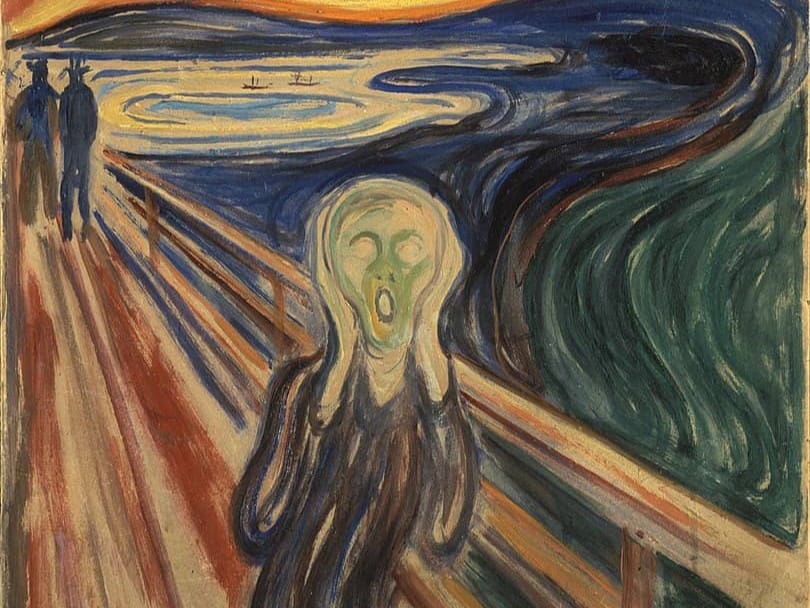
What is it about Edvard Munch's The Scream that stirs us so deeply? You’ve likely seen this iconic painting—the figure frozen mid-scream, hands pressed to its face, silhouetted against a fiery, turbulent sky. But do we truly understand the painting’s origins, or the intensity Munch believed had embedded itself into that canvas?
For Munch, The Scream was more than just another work. Few know that he described it as a “cry of death”—a raw expression of his most personal fears and suffering. Imagine Munch, standing alone on a bridge in Oslo, the sky ablaze with otherworldly colors, feeling overwhelmed by an existential dread. In his diary, he later described feeling a “great, infinite scream passing through nature.” It was in this moment of overwhelming vulnerability that The Scream was born.
But was that truly the end of it?
The Scream has a unique effect on those who encounter it, seeming to transcend time and context to reach people on a deeply personal level. There are four versions of the painting, each capturing the same haunting vision. In addition to the painted works, Munch also created a powerful woodcut version, using stark contrasts and bold lines to convey the raw intensity of the figure’s emotion. The British Museum explores Munch’s innovative printmaking process, showcasing how he adapted The Scream as a woodcut, making it accessible to an even wider audience and highlighting his pioneering approach to visual expression.
Munch once claimed he hadn’t chosen to create The Scream; rather, it had “demanded” to be painted, as if some intangible force needed its anguish expressed on canvas. Can art hold a piece of the artist’s emotion? In his diary, he described feeling a “great, infinite scream passing through nature” that inspired him in a moment of profound vulnerability. The Munch Museum provides insights from his diaries, revealing this intense connection Munch felt to the painting, one that seemed to reach beyond the canvas.
Over the years, viewers have spoken about their reactions to The Scream. Art collectors, curators, and museum visitors alike report an undeniable impact, as though the anguish Munch felt radiates outward, touching them in a way that feels intensely personal. Some feel a quiet unease; others say the figure’s hollow eyes hold their gaze, evoking a connection that lingers well beyond the gallery walls. Is it the power of suggestion, or has Munch’s emotional intensity truly been captured within the painting, resonating with those who dare to look?
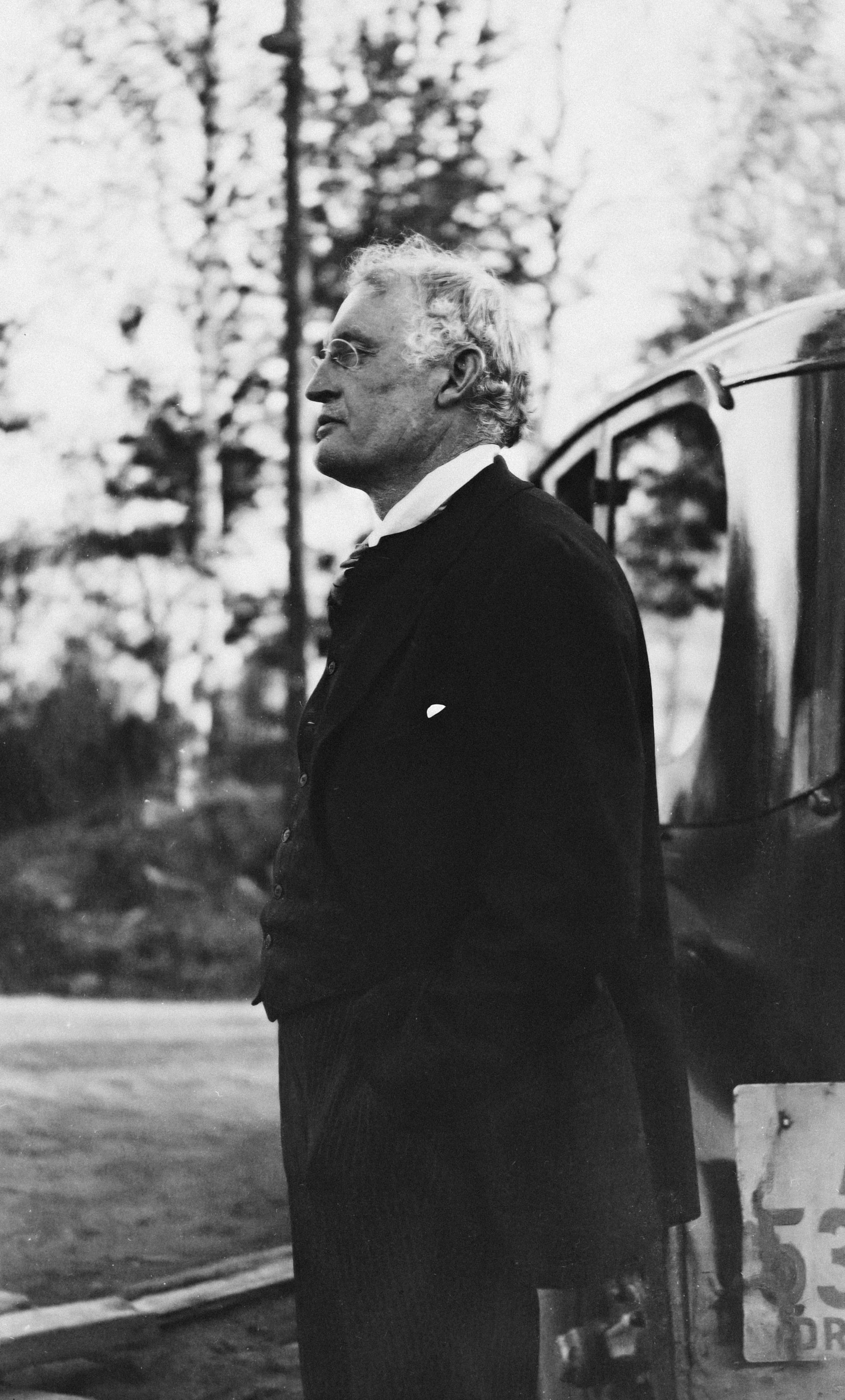
The Toll on Munch’s Own Life
For Munch, The Scream was not just an exploration of fear; it was the embodiment of his own vulnerability. His life was marked by personal loss and hardship. Death surrounded him from an early age: his mother died when he was a boy, followed by his beloved sister in her youth. Haunted by grief, Munch channeled his despair into his art, yet he felt that The Scream was something more—something that almost came to him unbidden, from beyond his conscious mind.
In one interview, he described how the process of painting The Scream left him drained, as if it had taken something from him. He felt that the painting held energy beyond his own, an expression that couldn’t be contained within him. Could The Scream have demanded more from him than he was willing to give? And if so, does it still reach out to others today?
Related Stories:
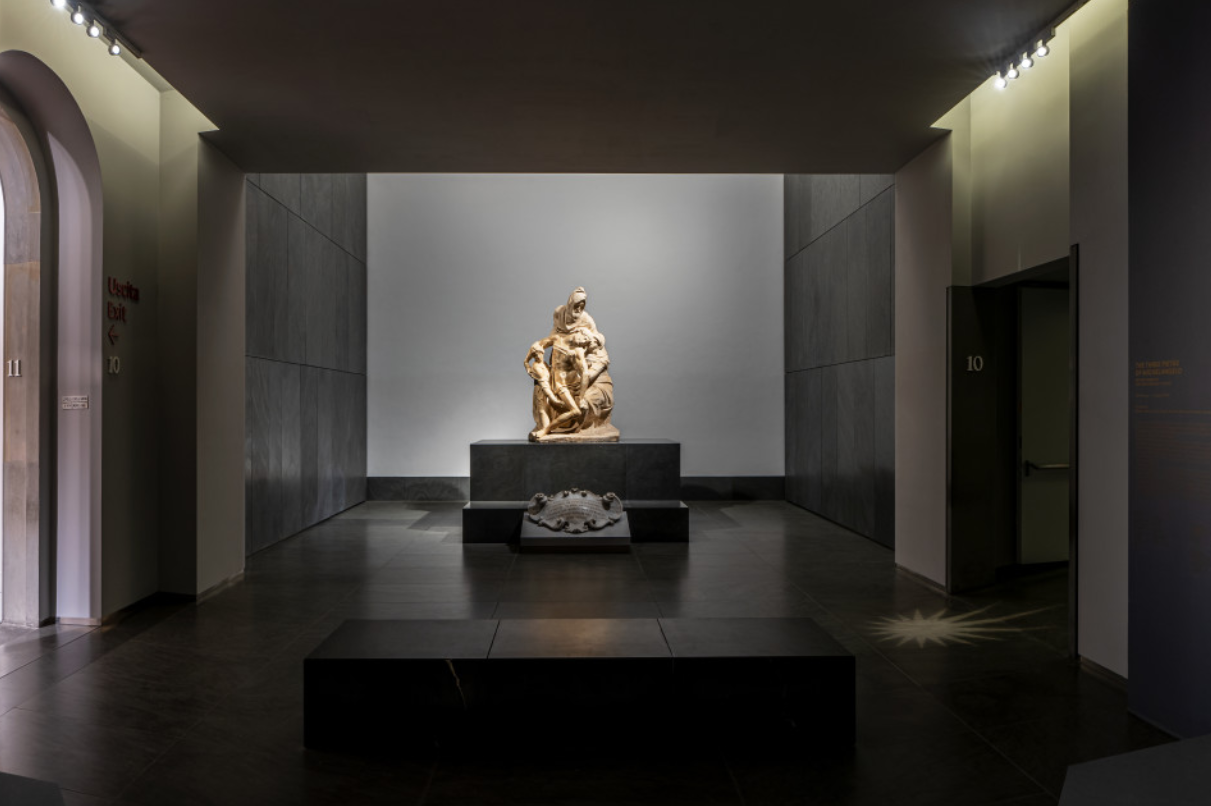
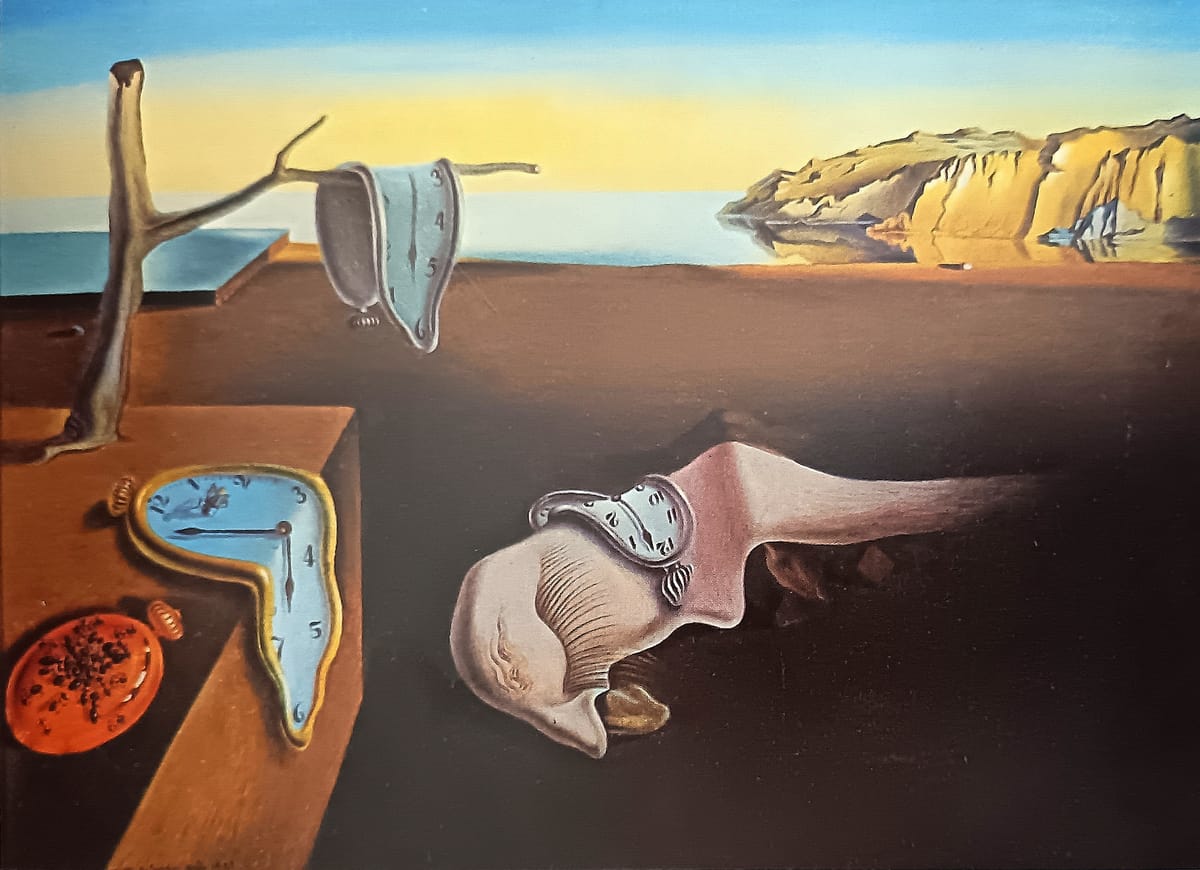
The Record-Breaking Auction
Despite the intensity of its emotions, The Scream has only grown in allure and significance. On May 2, 2012, The Scream set a record at Sotheby’s, where one version of the painting sold for $120 million, captivating even seasoned collectors. “It’s not simply a painting,” commented Panu Syrjämäki, an editor at Art Walkway, “The Scream has become an artifact of human vulnerability, a masterpiece that captures the raw, unfiltered psyche of its creator.” The sale underscored the piece’s unique place as both a symbol of universal emotion and one of the most sought-after artworks in history.
Edvard Munch’s The Scream sets a record at Sotheby’s, selling for $120 million and cementing its place as one of the most sought-after works in art history.
A Target for Art Thieves: The Thefts of The Scream
The Scream has long been coveted—not only by art lovers but also by art thieves. Its haunting depiction of existential dread, combined with its iconic status, has made it one of the most targeted paintings in art history. One of the most infamous thefts occurred in 1994 when the version displayed at Norway’s National Gallery was stolen. In a daring heist timed to coincide with the opening of the Winter Olympics in Lillehammer, Norway, thieves broke into the gallery, stealing The Scream in just 50 seconds. They left behind a taunting note that read, “Thanks for the poor security.”
The loss of The Scream sent shockwaves through the art world. Police launched a massive investigation, and after several months, the painting was finally recovered unharmed. This incident wasn’t the last, either. In 2004, another version of The Scream was stolen from the Munch Museum in Oslo, once again triggering an international search. Fortunately, this version, too, was recovered, though it had sustained some damage during its time away.
These thefts only add to the painting’s mythology, underscoring its place as an artwork that resonates so powerfully that some are willing to go to extraordinary lengths to possess it. Perhaps The Scream, with its gripping portrayal of fear and vulnerability, speaks to something primal that some people feel they must possess at any cost—even if just for a short while.
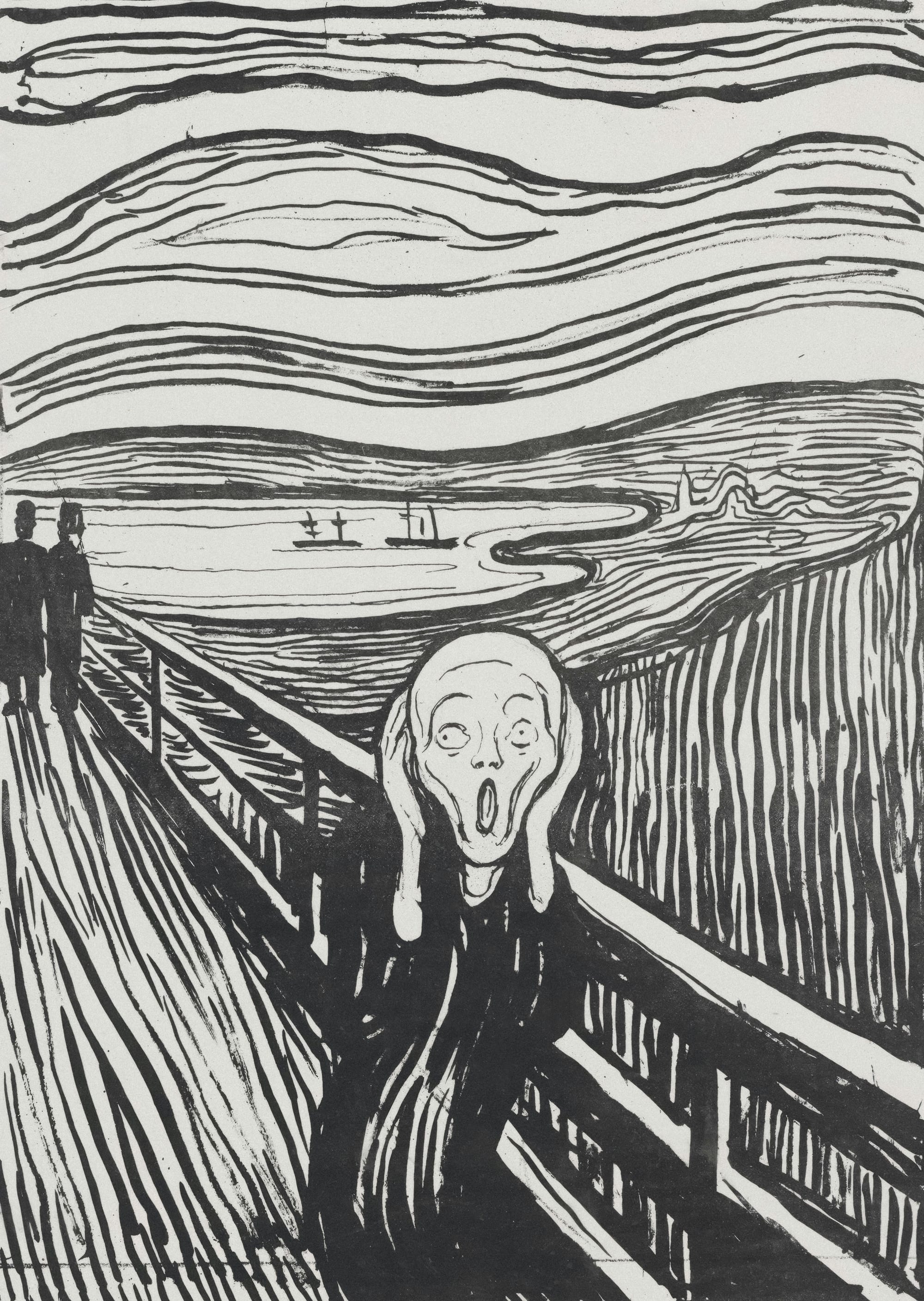
Moving Beyond Halloween with The Scream
As Halloween passes and the season of haunted tales quiets, we might think we’re leaving behind the drama and intensity of the macabre. But if you find yourself in a gallery, face-to-face with The Scream, remember that its power goes beyond any season. Art lovers and casual viewers alike are drawn to it, almost as though the figure’s hollow eyes invite us to explore the more complex emotions that linger beneath the surface of everyday life. The Scream speaks to those moments when life feels overwhelming—moments we might otherwise choose to ignore.
So, if you ever stand before The Scream, take a moment. Let your eyes meet those of the figure, and ask yourself: is it simply paint and canvas, or does it contain something timeless, a reminder of the human experiences we all share? Perhaps, in confronting this remarkable painting, we’re reminded of art’s ability to reach beyond time, beyond words, to capture those feelings we often keep hidden—feelings as intense, and as universal, as the scream that echoes from Munch’s masterpiece.
ART Walkway News





